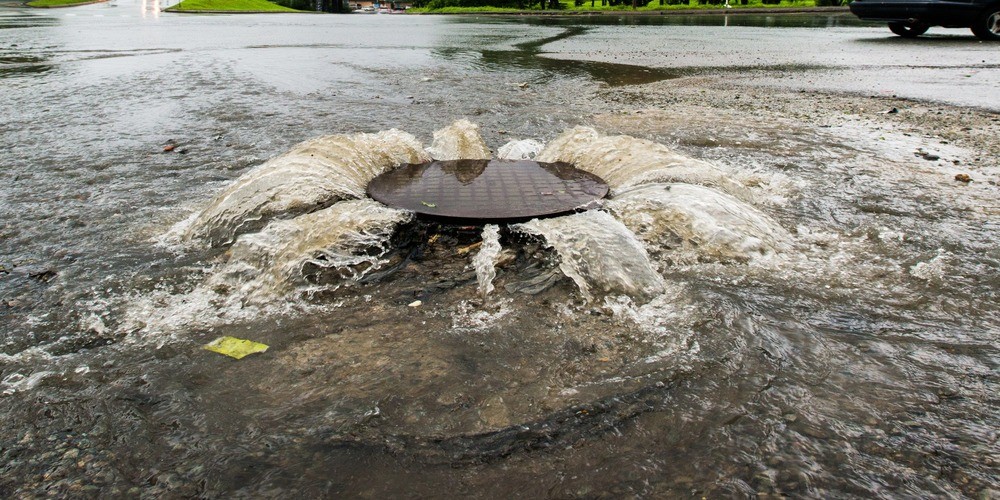A sewer backup is one of the most aggravating plumbing issues for homeowners. It’s also one of the most important issues to resolve in order to keep a household running smoothly. However, sewer backups do not always have to be an emergency. Once you’ve identified a few of the most common causes of sewer backups, you can help prevent them by taking preventative measures, performing a few quick fixes yourself, or knowing when to call in a professional. Let us explore some of the most common causes.
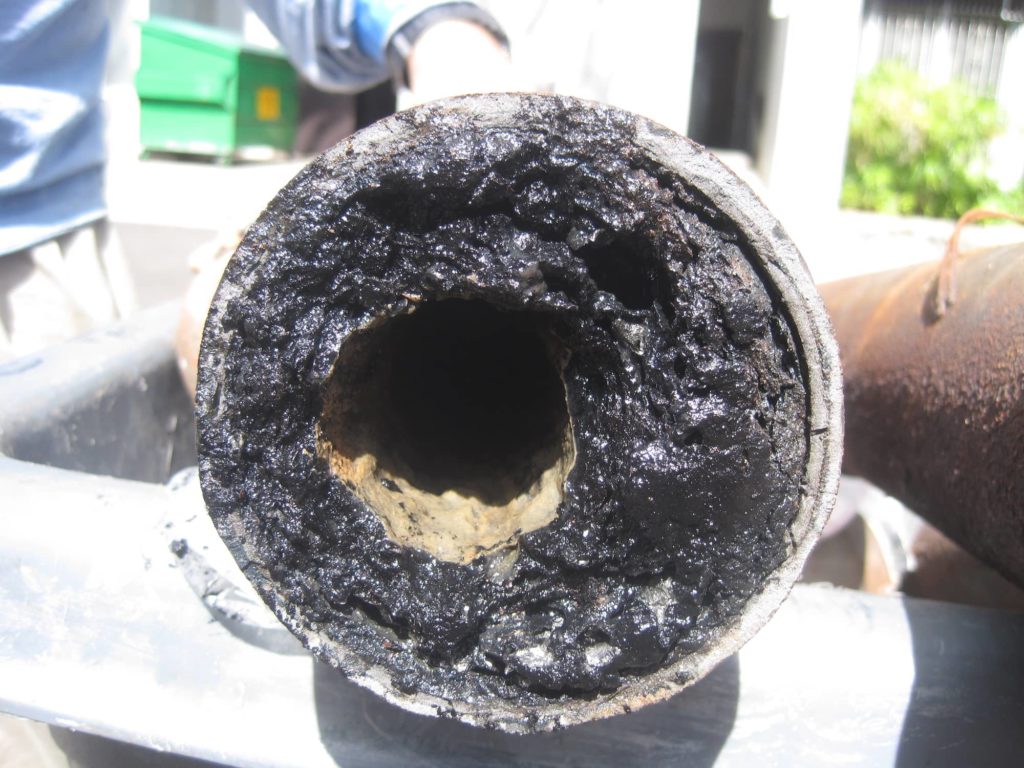
Clogs
If you notice that it takes longer for water to drain from your sink or that you hear gurgling noises when you flush the toilet, this could be the beginning of a sewer backup. Clogs form over time when something blocks the free flow of water out of a drainpipe, affecting the plumbing throughout your house. Sinks, showers, toilets, washing machines, dishwashers, and even sprinkler systems will be affected. If the clog is severe, raw sewage from the septic tank or main sewer lines may back up into your drainpipes and into your plumbing fixtures. It’s possible that things will get out of hand.
Drain clogs, in our experience, can be caused by the accumulation of common objects such as:
- Hair
- Hardened grease
- Feminine hygiene products
- Dental floss
- Extra-thick toilet paper and toilet wipes
Keep in mind that sewer pipes are about six inches in diameter, so clogging them takes a lot of material buildup. When in doubt, don’t flush it down the toilet. Put it in the garbage bin.
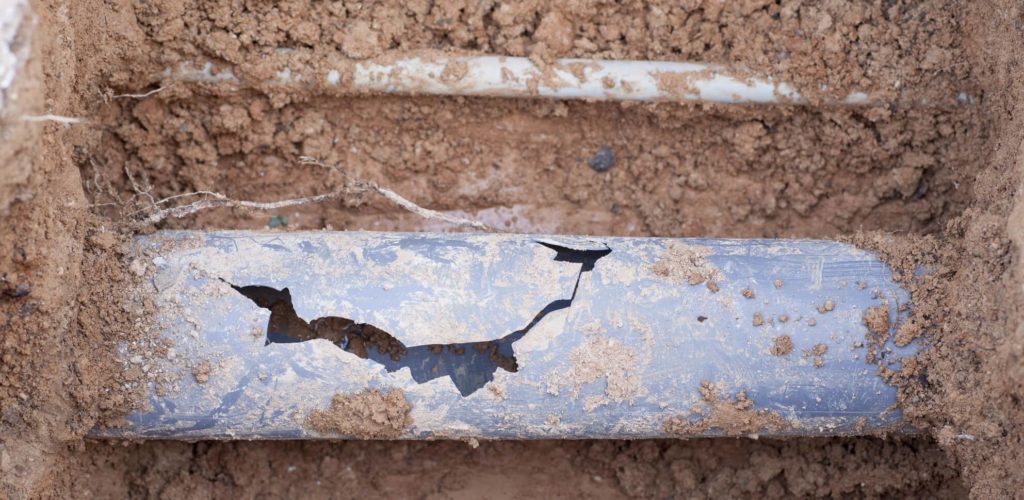
Old pipelines
The most common cause of sewer backups for those who own old, historic properties is ultimately old, outdated plumbing. If your house has clay pipes leading to the sewer main on the outside, these structures may become infested with invasive weeds, tree roots, and shrub twigs. These natural growths can slowly enter clay pipes and gradually form a blockage. If this occurs, pieces of undissolved materials will stick on the pipes and cause massive sewer backups. Paper towels and “flushable” personal wipes are frequently snagged in this manner. When such blockages exist, it is only a matter of time before black water begins to back up into the home.
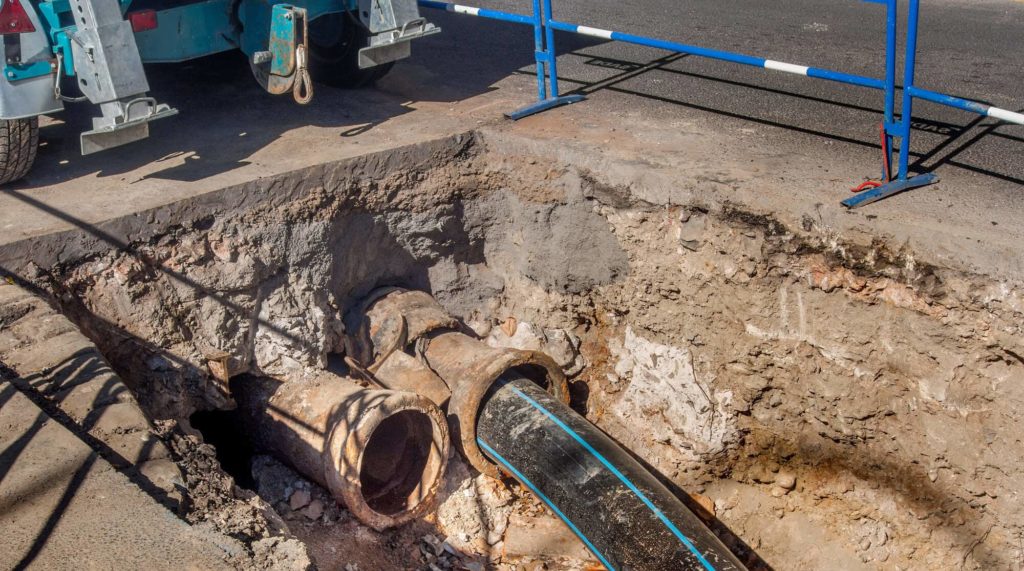
Main Sewer Line Blockage
The mainline sewer blockage occurs in the piping system owned and maintained by your city, town, or district. A clog similar to a household clog can cause blockage. It can also be caused by insufficient system capacity if your neighbourhood is experiencing rapid growth. This type of issue becomes apparent if a community experiences sewer problems following heavy rainfall.
A sewer main blockage will affect most or all of your plumbing throughout the house at the same time, rather than just one drain. To minimize damage, turn off all water supplies in your home and try to cover drain openings with absorbent material.
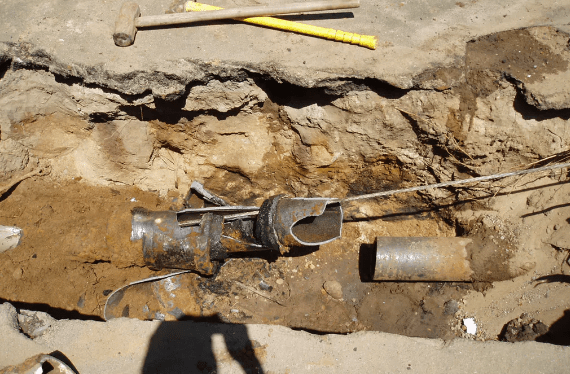
Structural Damage
Pipes that are cracked or otherwise deteriorated on the property’s exterior can also cause sewer backups. If the portion of your plumbing that is installed outside of your home has structural damage, you may notice wet or excessively muddy patches in your yard, low water pressure, foul odours, and sick or dead foliage. These same signs will appear in homes with septic tanks when major issues arise.
The only sure way to ensure the integrity of your pipes in outdoor areas is to have a professional plumber perform a camera inspection. Remember that even severe storms can cause soil settlement, which can affect the condition or functionality of your exterior pipes. As a result, if your sewer starts backing up right after you’ve done a lot of yard work or after a big storm, the most likely cause is damage to outdoor plumbing structures.
Incorrect Plumbing Connections
You should double-check that there are no illegal plumbing connections connected. This includes connecting your sump pump to the sewer line. If you have it set up in this manner, it may result in a sewer backup into your home. Check to ensure that all of your plumbing fixtures are legally connected. If you have any doubts about whether it is, contact a local plumbing professional to confirm. If you are unsure about what is legal in your area, contact your city government.
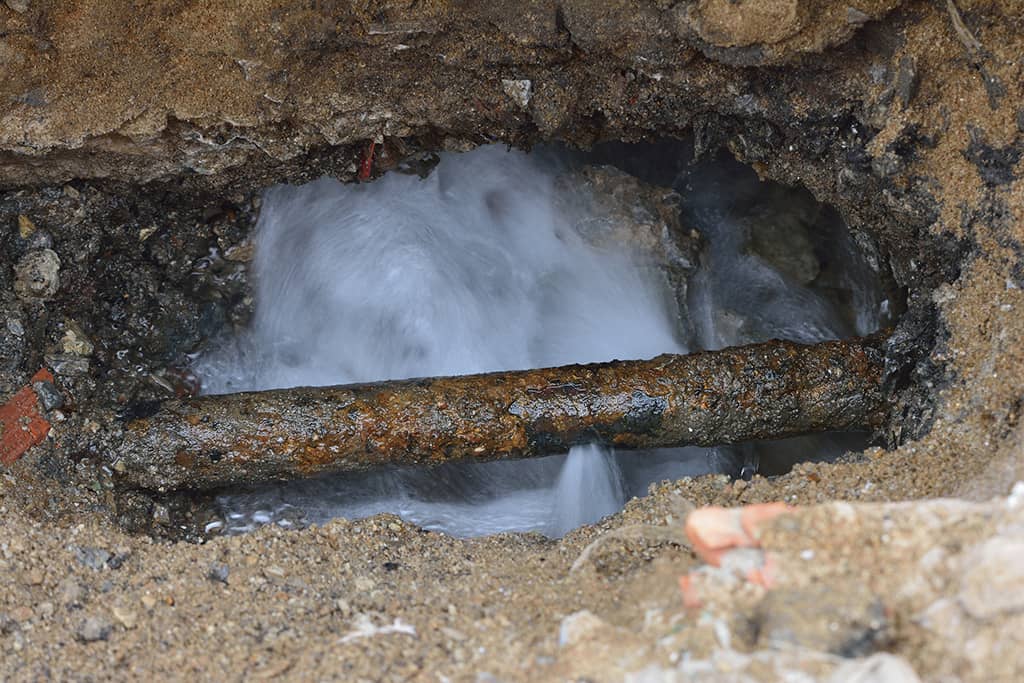
What Are Some Quick Fixes for Sewer Backup?
- Use a plunger – the simplest and most widely available drain opener. Plungers are useful for clearing small to medium-sized clogs in most drains, including toilets and sinks.
- Purchase a Liquid Drain Cleaner if you need to unclog a sink or bathtub. However, do not use them on toilets. Liquid drain cleaners will eat through a toilet’s wax seal on the bottom, causing leaks.
- Chemical Drain Cleaning – aids in the removal of tree roots. Some recommend flushing copper sulphate down the toilet several times to kill tree roots, but copper sulphate is not safe for septic systems and is prohibited in some municipalities. Try flushing down the toilet a root-killing foam containing the herbicide dichlobenil. The foam adheres to the pipes and kills the tree roots in a matter of hours. It may, however, take several months for dead roots to be completely flushed from your sewage system.
- Cleaning with an auger or a water jet will assist in clearing medium to severely clogged drains. An auger is used to clear clogs further down the pipe. Plant roots and other debris are blown down the sewer line by a high-pressure water jet.
Call a Professional for Help
CJ Drain & Plumbing in Toronto and Vancouver provides the highest quality sewer and rooter services, including Sewer and Drain Cleaning, Sewer backups, Camera Inspection, and Leak Detection. We only hire the most skilled and experienced technicians in the industry, and our work is guaranteed to be 100 percent satisfactory. Book an appointment with us immediately to take away your plumbing stresses.


